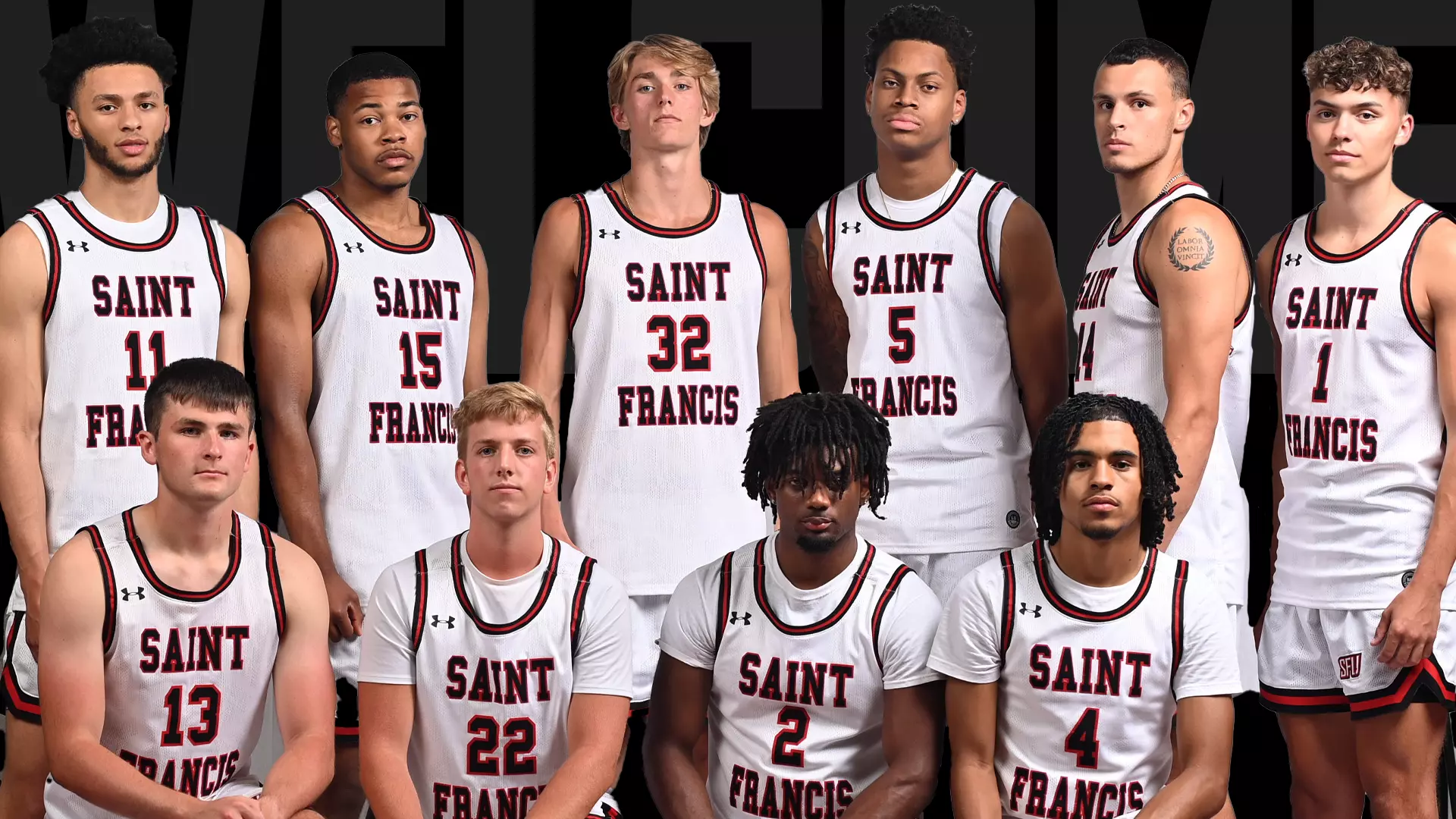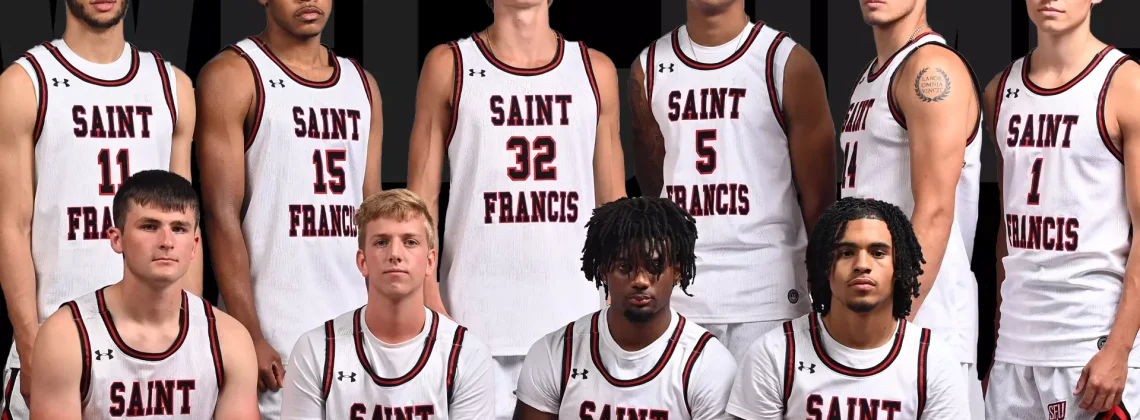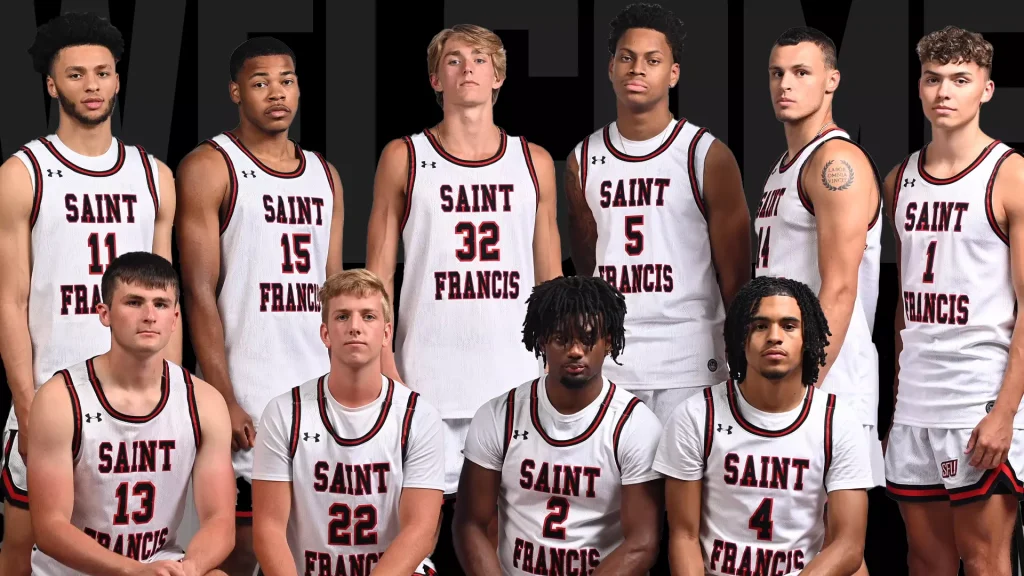



All four #1 seeds made the NCAA Division One Men’s Basketball Final Four this year. The last time that happened was in 2008.
Malachi Van Tassell, the president of St. Francis University in Loretto, Pennsylvania, a team that made the tournament field this year, says his school can no longer afford to compete in Division I athletics. We linked to his Washington Post op-ed in last night’s “Odds and Ends” feature, but I thought it deserved a separate post.
Here is a taste:
Each year, the NCAA basketball tournament crowns its Cinderella team, and I proudly serve as president of an institution many chose as this year’s underdog. I was honored to cheer the Saint Francis Red Flash at their game in the Big Dance, something our institution had not experienced for 34 years. But I knew as I watched the game that our run would soon be ending in a bigger way: Our board of trustees had just voted to pursue reclassification of our intercollegiate athletics program from Division I to Division III, a nearly unheard-of decision but one I know will become more common for institutions such as ours.
Intercollegiate athletics is growing in complexity, based on realities such as the transfer portal, pay for play and other shifts that move sports away from a campus-based love of the game to one that resembles a business. Division I is the highest level of intercollegiate competition and championships sanctioned by the NCAA, and the member institutions can provide scholarships to select student-athletes. Most Division I schools are forced to squeeze more money from student fees and fundraising to pay for their athletic programs and stay competitive, and often reallocate current and future operating dollars away from salaries and classrooms.
In fiscal 2022, Ohio State University spent more than $225 million on intercollegiate athletics, which is more than three times the overall budget for my entire university. Though that is an extreme example, the reality is that big-brand programs are farm teams for the National Football League and the National Basketball Association, and small universities have become farm teams for the big-brand programs.
Players are transferring out of schools like ours to play for money and fame at schools with bigger name recognition and budgets. The fact that, for the first time, there isn’t a single program from outside the four major conferences in the tournament’s second weekend bears this out.
The Saint Francis board and I spent nearly a year trying to find a way to keep our student-athletes in this changing environment while still aligning with the mission of a Catholic institution and our community’s expectations. What became clear to us was that our athletics priorities were diverging from those of other Division I programs, and we needed to find a new home in which our student-athletes and teams could thrive. Our student-athletes deserved it.
Our institution can no longer afford to compete for students who want the current Division I experience. Two examples made it clear that this pivot was necessary.
It was reported in the Wall Street Journal that, as one of the new members of the Big Ten conference, the Oregon Ducks basketball team traveled nearly 27,000 miles by charter plane to participate in 18 out-of-state games. To do so, each player took only online courses, and those hours in the air represented time away from their peers, their family and the court. As an educator, I can’t say with a straight face and a clean conscience that this is how I envisioned the purpose and execution of intercollegiate athletics for our students. Our goals should include prioritizing our students interacting with their peers in the classroom, immersing themselves in campus culture and participating in their chosen sport.
Read the rest here.






